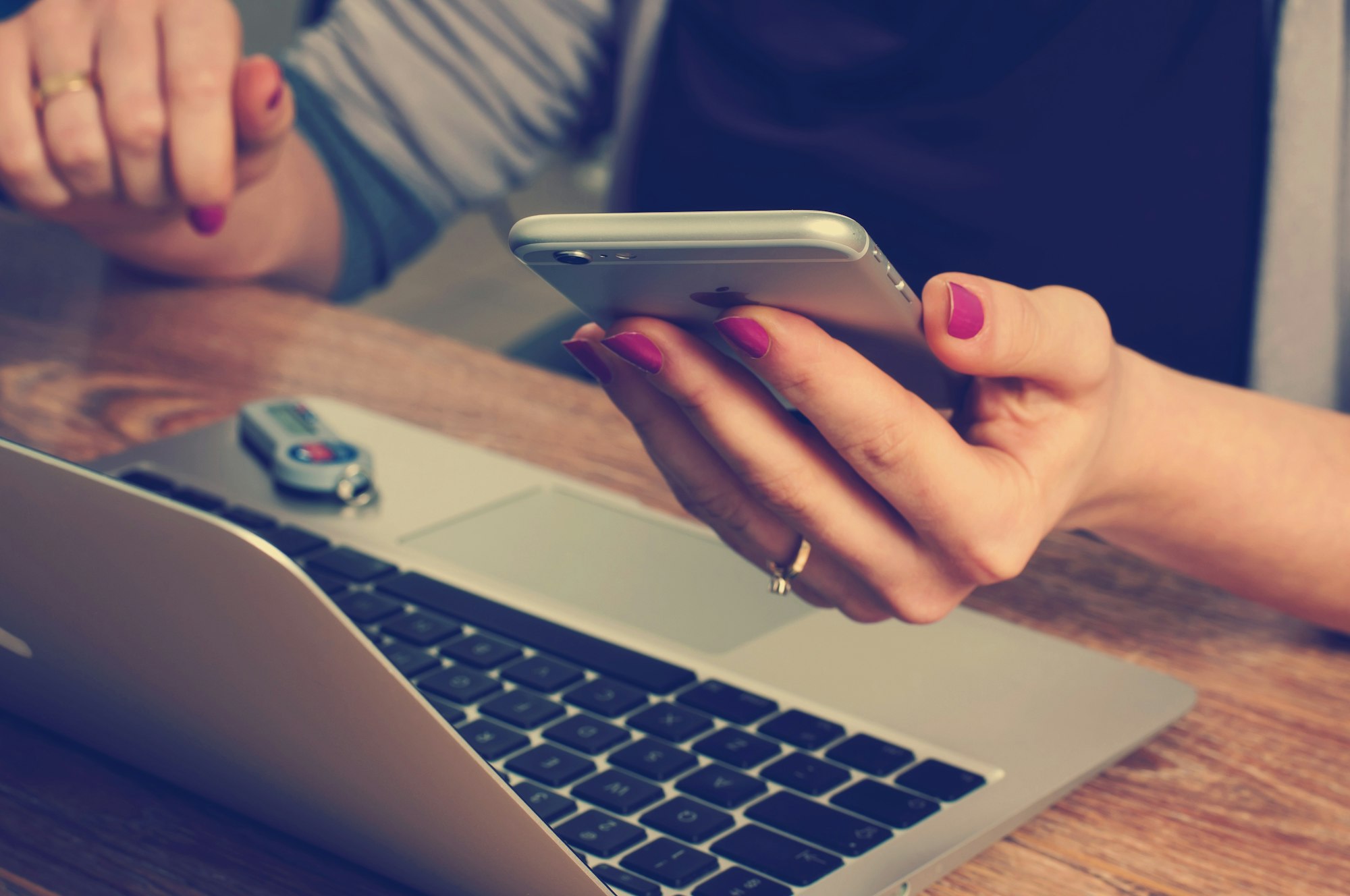Family Communication During and After Disasters
Your family may not be together when disaster strikes, so plan how you will stay in touch with one another. Think about how you will communicate in different situations. Consider the following questions when making a plan:
- How will my family or household receive emergency alerts and warnings?
- How will my family or household get to safe locations in the event of relevant emergencies?
- How will my family or household get in touch if cell phone, internet, or landline service doesn’t work?
- How will I let loved ones know I am safe?
- How will my family or household get to a meeting place after the emergency?

Complete a contact card for each adult family member and print them out. Have them keep these cards handy in a wallet, purse, backpack, or other convenient location—additionally, complete contact cards for each child in your family. Put the cards in their backpacks or book bags. Information should include contact details for family, friends, and neighbors, as well as doctors and school information. You can find an example of an emergency contact card on redcross.org. Identify a contact, such as a friend or relative, who lives out of state for household members to notify if they are safe. An out-of-town contact may be in a better position to communicate among separated family members.
Technology has made it easier than ever to prepare for emergencies. Still, it can be unreliable in an emergency if you haven’t kept your gadgets protected and powered up. Here are some tips to make sure you are tech-ready:
Be Informed
- Download the FEMA app. Get weather alerts from the National Weather Service for up to five different locations anywhere in the United States.
- Sign up for FEMA text messages to get updates from FEMA (standard message and data rates apply).
- You can download either or both from here: https://www.fema.gov/about/news-multimedia/mobile-products
Here are basic commands to get started:
- To sign up to get preparedness tips, text PREPARE to 43362 (4FEMA).
- To search for open shelters (for disaster survivors), text SHELTER and a ZIP code to 43362.
- To get a list of all keywords you can subscribe to, text LIST to 43362.
- To unsubscribe (at any time), text STOP to 43362.
- Before a disaster, follow local governments on social media to stay up-to-date with official information before, during and after a disaster. Sign up for Twitter alerts from trusted government agencies to get notified when critical information goes out.
Make A Plan
- Use text messages, social media, and email to stay connected with friends and family during emergencies.
- Have an emergency charging option for your phone and other mobile devices. Smartphones have become a vital tool to get emergency alerts and warnings, so it’s essential to make sure you can keep them powered up in an emergency.
- Store important documents on a secure, password-protected jump drive or in the cloud.
- Sign up for direct deposit and electronic banking through your financial institution so you can access your paycheck and make electronic payments wherever you are.
Through the use of everyday technology, individuals, families, responders, and organizations can successfully prepare for, adapt to, and recover from disruptions brought on by emergencies and disasters. With adequate planning, it is possible to take advantage of technology before, during and after a crisis to communicate with loved ones and manage your financial affairs.
Information courtesy Ready.gov.
